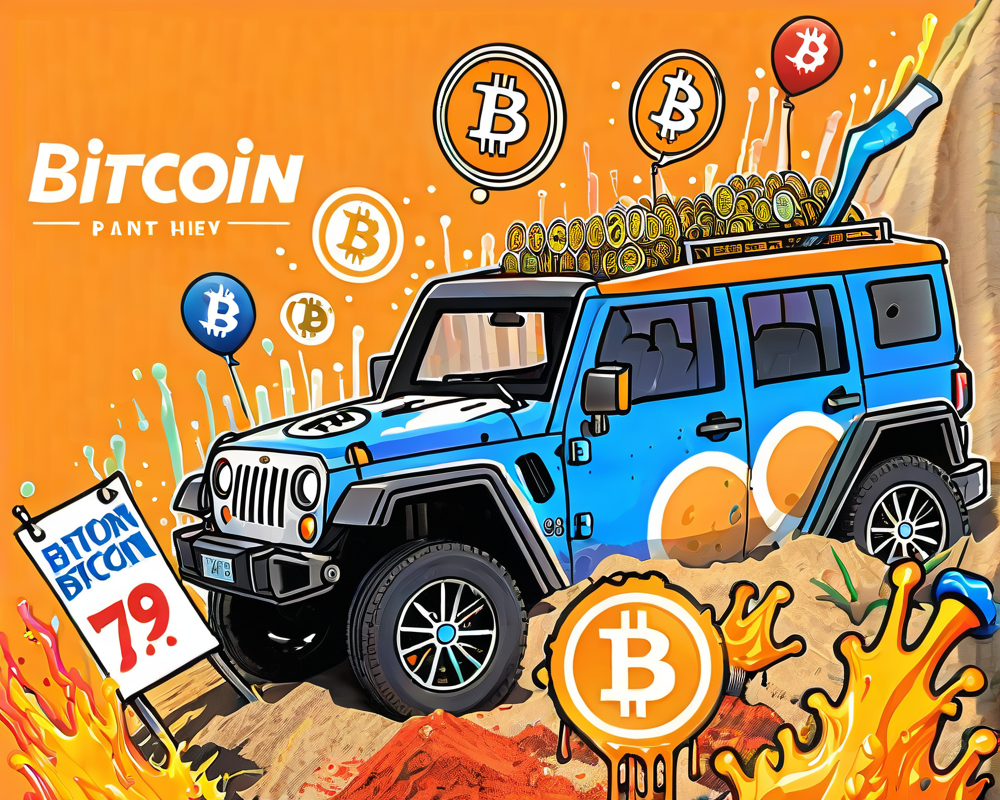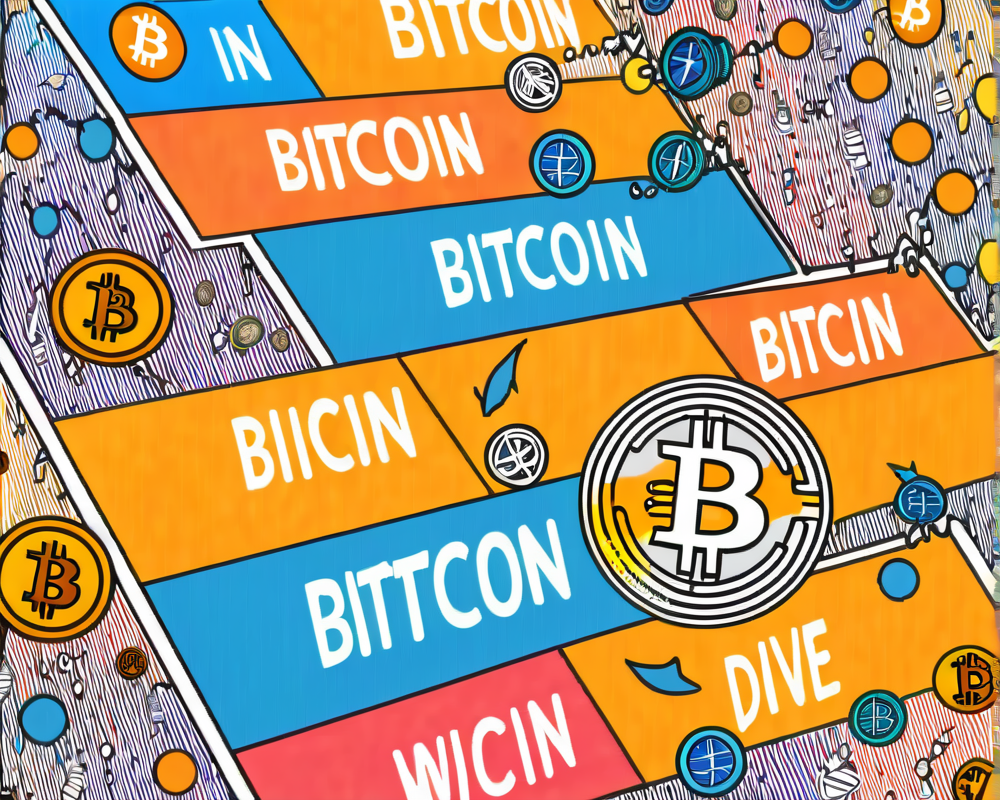What is Proof of Transfer (PoX)?
Blockstack has recently introduced Proof of Transfer (PoX), a unique consensus mechanism that shuns traditional proof of work. Instead, miners back their operations using Bitcoin (BTC) to secure the network. Think of it as using the shiny jewels of a pirate ship to keep the crew loyal—except this pirate crew is a bunch of tech-savvy blockchain enthusiasts!
More Than Just Another Sidechain
Ali, Blockstack’s CEO, is adamant that PoX is not a mere sidechain. To elucidate, let’s dive into how existing solutions work. Merged mining lets two blockchains harness the same mining resources, like how cousins borrow clothes without questioning it. Sidechains, on the other hand, are like sibling relationships; they require transfers between the parent and offspring chain.
In contrast, PoX operates under a different premise. Ali explains, “A sidechain allows transferring Bitcoin off-chain and back to the main chain. PoX, however, creates an entirely new crypto asset while using Bitcoin for consensus.” A new asset? Where do I sign up?
How Does PoX Work?
Now, onto the juicy part: how does PoX function? Traditional Proof of Work is akin to running a marathon while lugging a massive rock—unnecessary and exhausting. PoX opts for a leisurely walk in the park instead, demanding Bitcoin instead of electricity to mine, reducing the needless energy wastage.
There are two participants in the PoX ecosystem:
- Stacks miners: The brave souls who create and verify new blocks on the Stacks blockchain.
- Stacks holders: Loyal supporters who also have a hand in the network’s consensus mechanism.
Essentially, token holders signify which fork they support, akin to choosing teams during a sporting event. In return for their loyalty, they receive rewards in Bitcoin. Best of all, their crypto remains untouched, safe from the slashing threats that staking involves. A win-win!
Block Creation: A Contest to Lead
Block creation in the PoX world mingles concepts from Distributed Proof of Stake (dPoS). When it’s time for a new block, miners engage in a leader election. The lucky winner writes the next block while being influenced by how much BTC they’ve committed. Think of it as a reality show where the more you invest, the better your odds of winning the grand prize!
What About Bitcoin’s Future?
When it comes to Bitcoin, Ali is an enthusiastic supporter, proclaiming, “I am definitely long-term bullish on Bitcoin!” But he also sees challenges. He underscores Bitcoin’s resistance to innovation, reading it like an old grandparent who has trouble adapting to smartphones.
“There is a huge opportunity to innovate atop Bitcoin,” he reflects, urging the Bitcoin community to stay open-minded to new ideas. After all, if Ethereum can become a hotbed for creativity, why can’t Bitcoin get in on the action too?




